21 Renowned Chefs And The Foods They Absolutely Can’t Stand
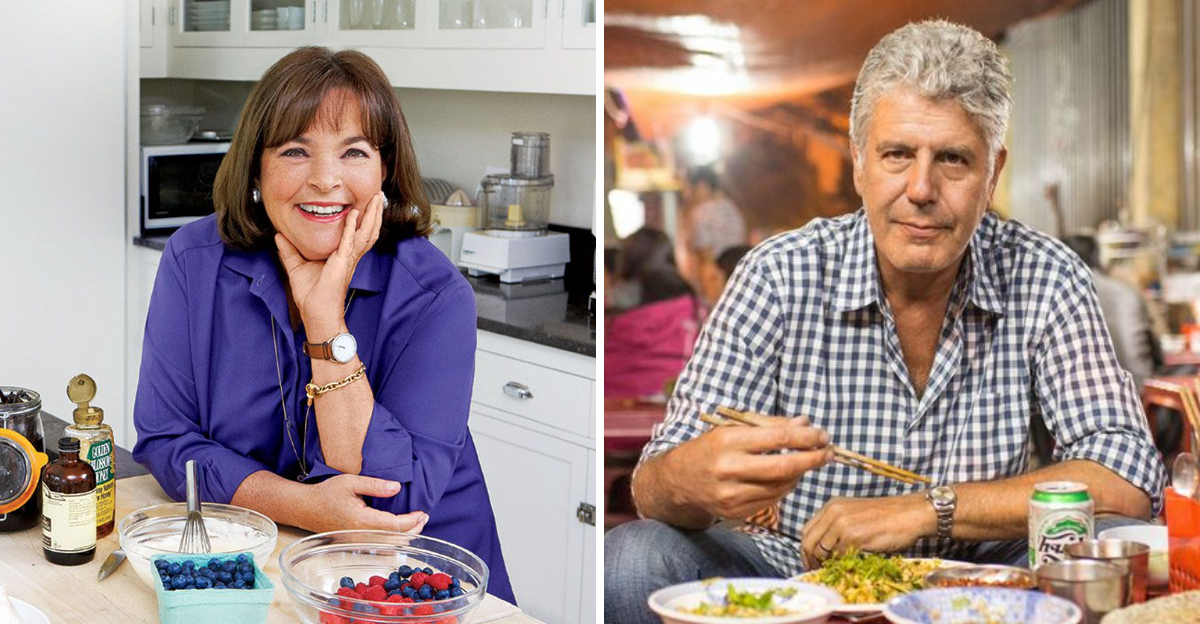
Explore the quirky and passionate culinary dislikes of 21 renowned chefs, shedding light on their often surprising aversions. From common ingredients to popular dishes, these culinary masters reveal the foods that they just can’t stand. Whether it’s a textural issue, a bold flavor that’s too overpowering, or an ingredient that simply doesn’t agree with their palate, these insights provide a fascinating glimpse into the tastes of some of the world’s most innovative culinary minds.
1. Gordon Ramsay
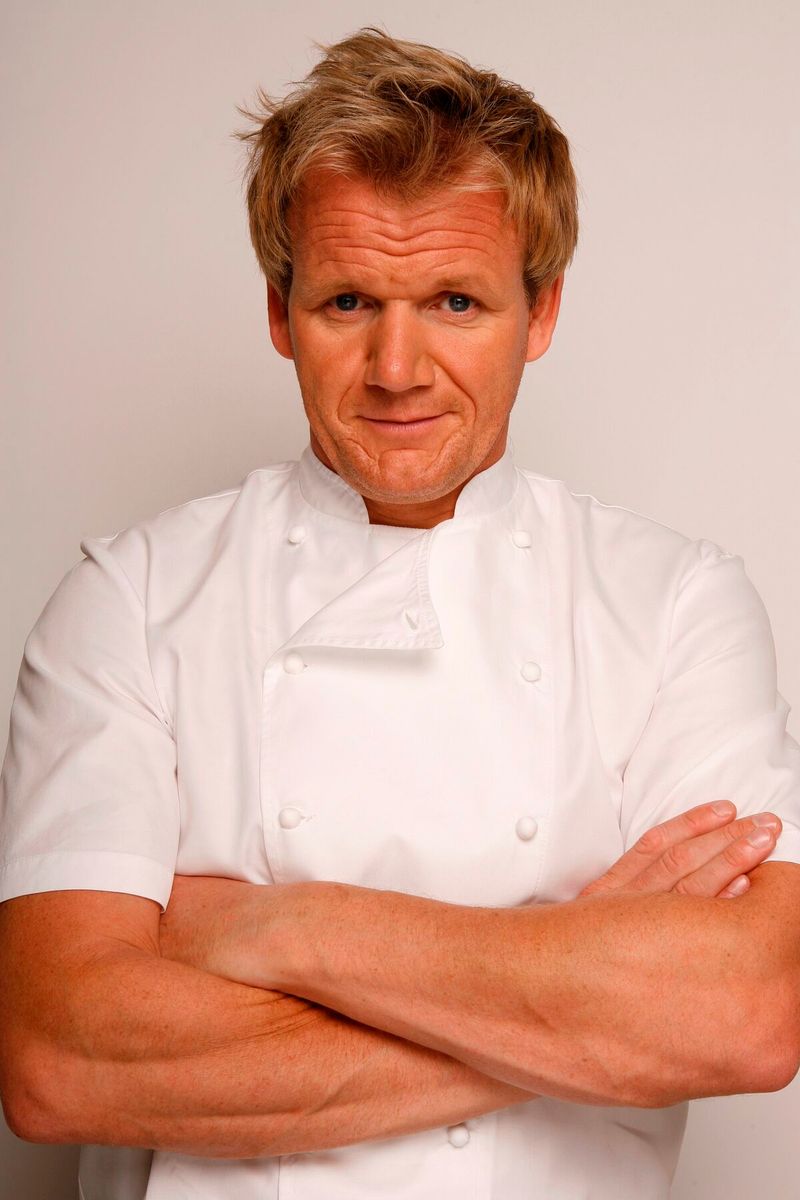
Gordon Ramsay, the fiery British chef, is known for his strong opinions, especially when it comes to food. Pineapple on pizza is one culinary choice that Ramsay cannot abide. He famously called it a “crime against pizza,” a verdict delivered with his characteristic intensity. Ramsay believes that the sweetness of pineapple clashes with the savory elements of pizza, creating an imbalance he finds unacceptable. His stance has sparked debates among pizza lovers. Whether you agree or not, Ramsay’s passionate aversion certainly adds to his larger-than-life culinary persona.
2. Ina Garten

Ina Garten, beloved for her approachable and elegant cooking style, has a surprising aversion: cilantro. For her, this herb tastes overwhelmingly like soap, a sensation shared by many due to genetic differences in taste perception. This aversion influences her recipes, which notably exclude cilantro, preferring herbs like parsley and basil instead. Despite its popularity in various cuisines, cilantro just doesn’t make the cut in Garten’s kitchen. Her candid confession about this distaste resonates with many who share the same culinary quirk.
3. Anthony Bourdain
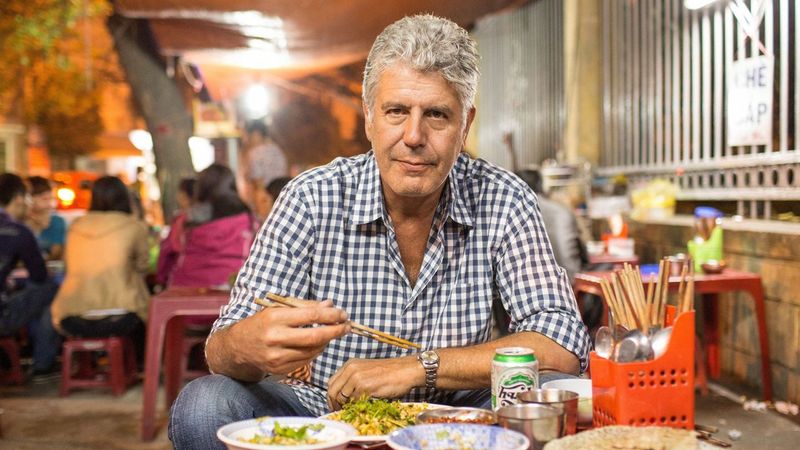
The late Anthony Bourdain was never one to mince words, especially about food trends he found distasteful. Truffle oil was one such trend that he openly despised. He famously criticized it as “one of the worst things to ever happen to food,” citing its overpowering and artificial flavor. To Bourdain, truffle oil was an insult to the authentic flavors of genuine truffles, lacking the subtlety and depth he cherished. His outspoken critique has since influenced many chefs to reconsider its use in their kitchens.
4. Nigella Lawson
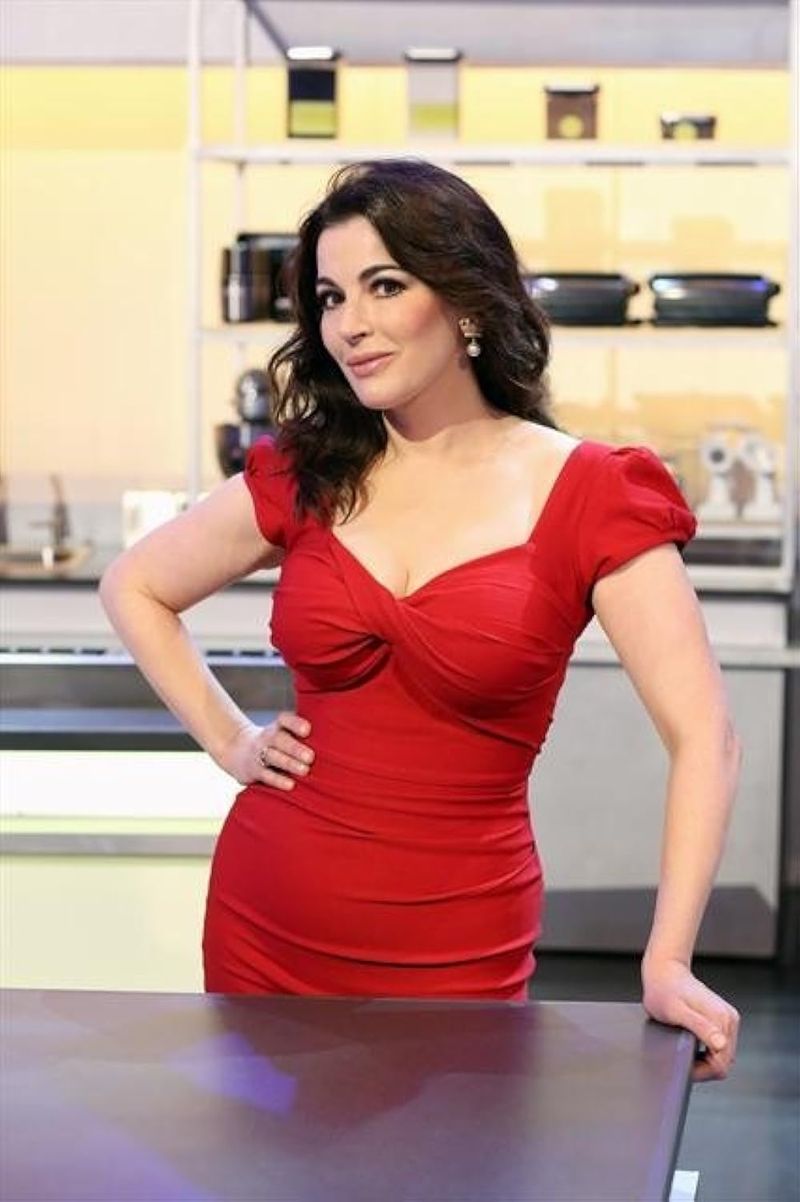
Nigella Lawson, celebrated for her indulgent, homey recipes, surprisingly turns her nose up at overly sweet desserts. She once remarked that such desserts taste like “a bag of sugar dumped on your tongue.” For Lawson, balance is key, and she prefers desserts that offer a harmonious blend of flavors rather than a sugar overload. Her approach encourages a more nuanced taste experience, allowing the natural flavors to shine through. This focus on balance and subtlety defines her culinary philosophy.
5. Julia Child
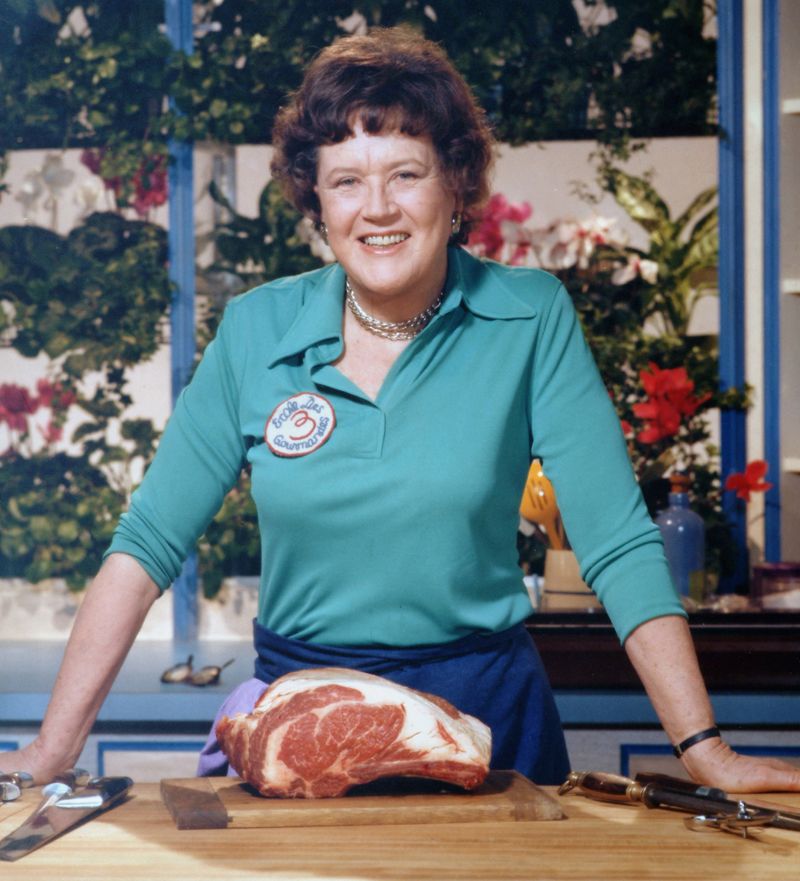
Julia Child, the iconic chef who introduced French cuisine to America, had a surprising culinary aversion: cilantro. She once likened its taste to “dead bugs,” a description that vividly captures her distaste. Despite cilantro’s common use in various cuisines, Child firmly excluded it from her recipes. Her dislike highlights how even the most celebrated chefs have personal food quirks. Child’s candor about her aversions only added to her relatable and endearing personality, making her a beloved figure in the culinary world.
6. Jacques Pépin
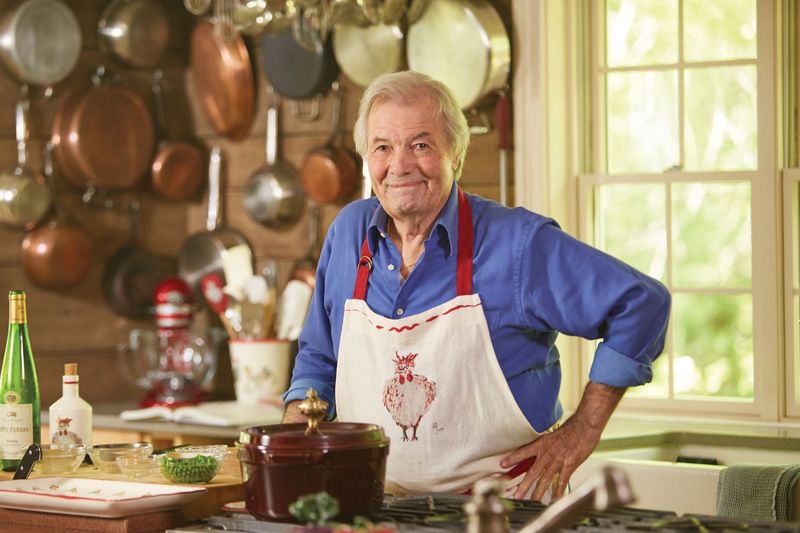
Jacques Pépin, a master of French cuisine, is known for his refined palate and culinary wisdom. However, bell peppers have never been on his list of favorites. Pépin finds them too bitter, a flavor profile that clashes with his preference for balanced and nuanced dishes. Despite their vibrant color and widespread use, bell peppers rarely make an appearance in Pépin’s recipes. His aversion is a testament to how personal taste can shape even the most skilled chef’s culinary creations, adding a unique touch to his culinary legacy.
7. Guy Fieri

Guy Fieri, known for his bold flavors and energetic personality, has a surprising dislike: eggs, particularly in their pure form. Whether boiled or poached, the texture doesn’t sit well with him. This aversion is curious, given his love for hearty, comfort foods. Fieri’s distaste is a reminder that even food enthusiasts have their quirks. Despite this, he continues to create dishes that celebrate flavor, albeit without the eggs. His candidness about this dislike adds another layer to his approachable and fun-loving culinary persona.
8. Christina Tosi

Christina Tosi, the creative force behind Milk Bar, has a strong preference for texture in her dishes. Raw tomatoes, with their slimy consistency, don’t make the cut for her. Tosi’s culinary approach is all about creating delightful textures and flavors, and raw tomatoes simply don’t fit into her vision. Instead, she prefers to use tomatoes in cooked forms, where their flavors can be enhanced and their textures transformed. Her unique perspective on ingredients like tomatoes highlights the creative process behind her innovative desserts and treats.
9. Tom Colicchio

Tom Colicchio, a prominent figure in the culinary world, shares a common dislike with fellow chef Jacques Pépin: green bell peppers. For Colicchio, the bitterness of green bell peppers overshadows their potential culinary benefits. While he appreciates the flavor of red and yellow peppers, green ones just don’t appeal to his palate. His preference for flavor balance and depth is reflected in his dishes, which often exclude these peppers. Colicchio’s honesty about his dislikes provides an insightful look into the subtleties of a chef’s personal taste.
10. Martha Stewart
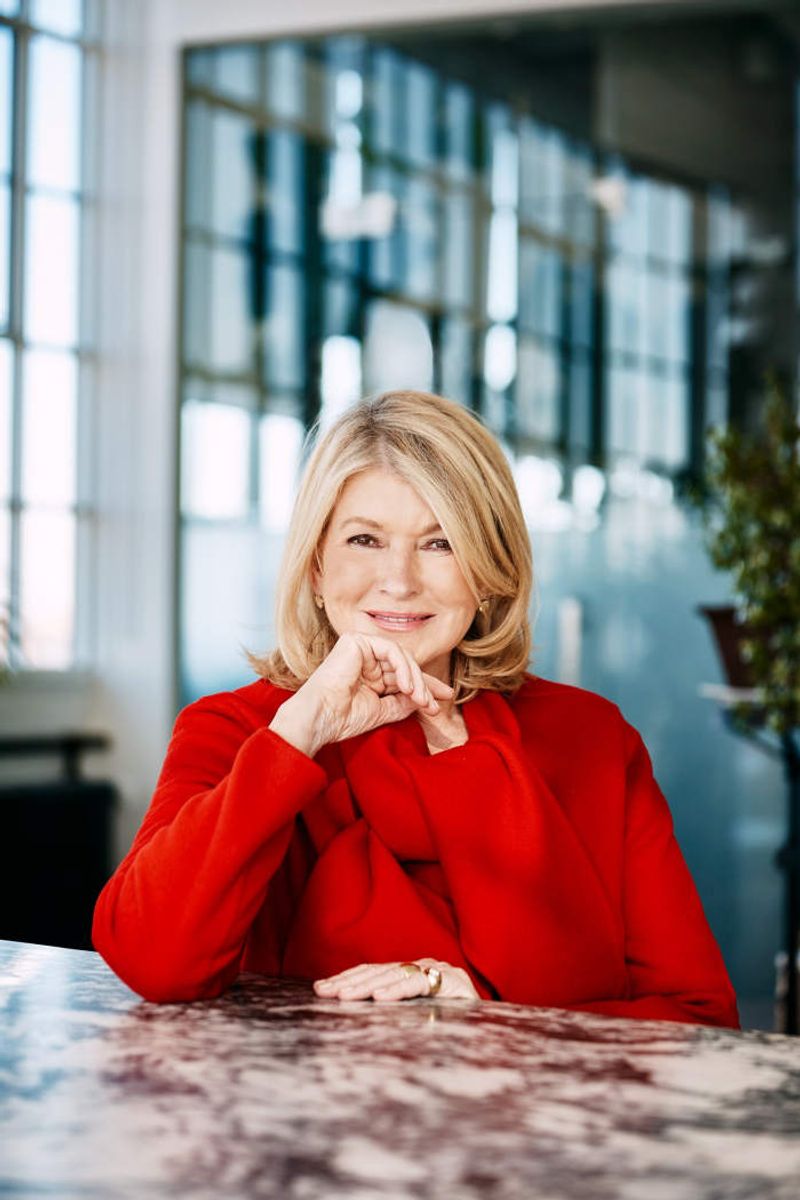
Martha Stewart, synonymous with elegance and quality, has a well-known aversion to street hot dogs. The idea of mystery meat simply doesn’t align with her culinary standards. Stewart, known for her meticulous attention to detail and quality, prefers dishes that clearly showcase their ingredients. Her disapproval of street hot dogs reflects her commitment to quality and transparency in cooking. This aversion is just one example of how Stewart consistently upholds her standards, even in the seemingly casual realm of street food.
11. Emeril Lagasse
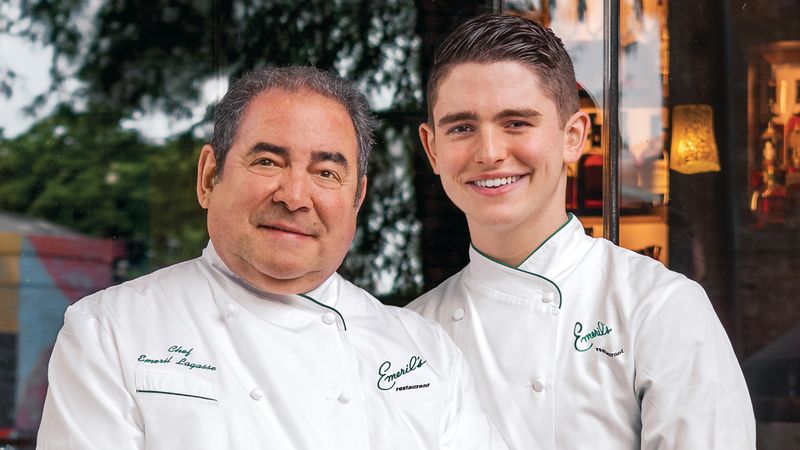
Emeril Lagasse, the charismatic chef known for his “BAM!” style, surprisingly avoids okra. The slimy texture of this vegetable doesn’t appeal to his taste preferences. Despite its prominence in Southern cooking, okra doesn’t find a place in Lagasse’s repertoire. His distaste is a reminder that texture plays a significant role in culinary enjoyment. Even chefs with extensive expertise and diverse palates have their culinary dislikes. Lagasse’s frankness about his aversion adds a human touch to his vibrant culinary persona.
12. Wolfgang Puck

Wolfgang Puck, a pioneer in innovative cuisine, firmly opposes microwave popcorn. The artificial butter flavor is a major deterrent for him, clashing with his preference for authentic, high-quality ingredients. Puck’s culinary philosophy revolves around using real, fresh ingredients to create memorable dining experiences. Thus, microwave popcorn, with its artificial additives, doesn’t align with his values. His aversion highlights his dedication to quality, reminding us of the importance of choosing real ingredients when crafting exceptional dishes.
13. Eric Ripert
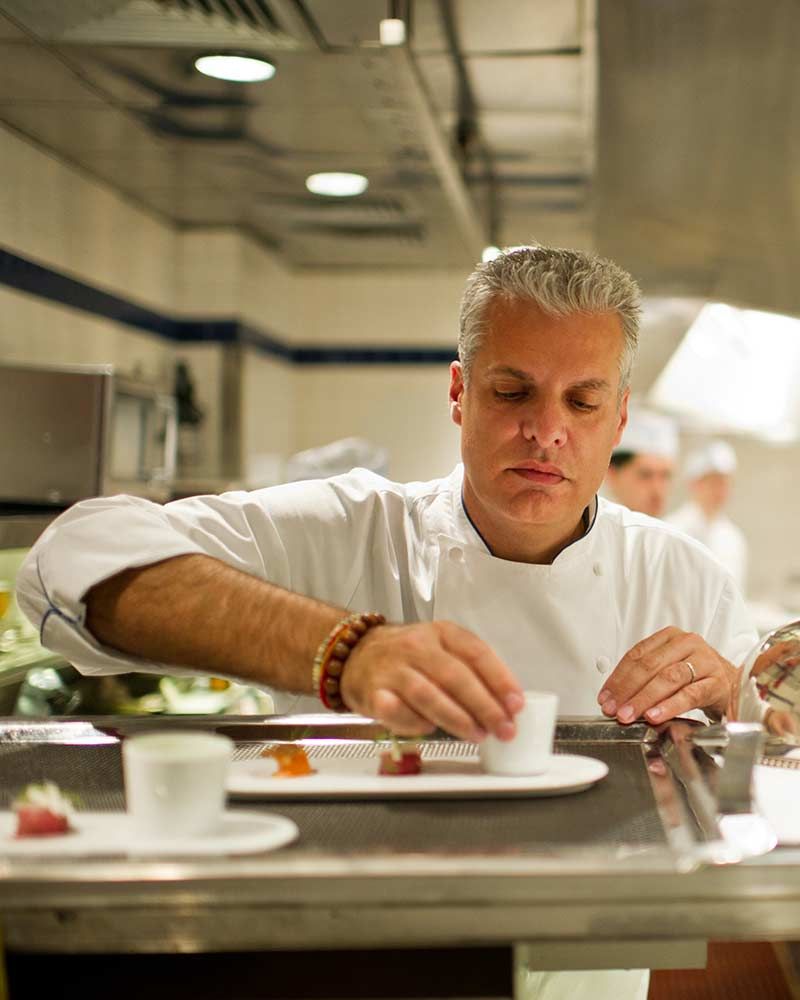
Eric Ripert, the culinary genius behind Le Bernardin, is a staunch critic of fast food burgers. He views most of them as an “insult to beef,” finding their quality lacking compared to gourmet standards. For Ripert, the allure of a well-prepared, high-quality burger is unmatched, making fast food versions pale in comparison. His insistence on quality and precision in cooking is evident even in his choice of burgers. Ripert’s aversion to fast food reflects his unwavering commitment to excellence in the culinary world.
14. Carla Hall
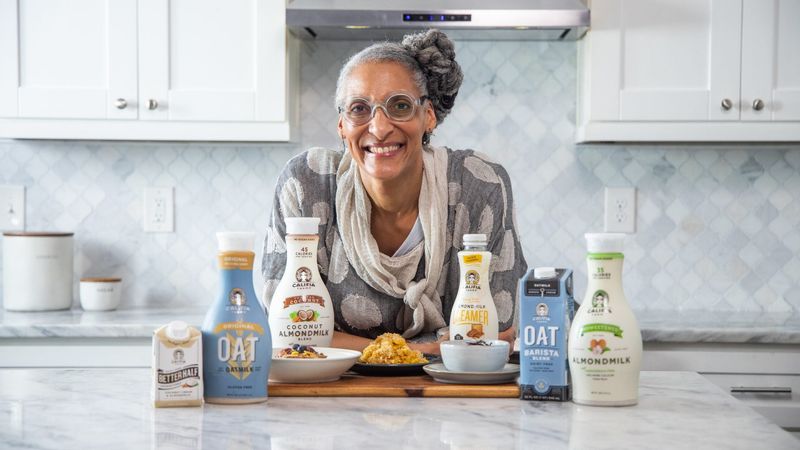
Carla Hall, known for her warm persona and culinary skills, has a unique dislike: mushrooms. She describes them as “dirty little sponges,” a vivid depiction of her aversion. This distaste is intriguing, considering mushrooms’ popularity in many dishes for their earthy flavor. Despite this, Hall’s culinary creations remain vibrant and flavorful, showcasing her ability to work around her dislikes. Her honesty about her food preferences adds a relatable touch to her public persona, making her even more endearing to fans.
15. José Andrés
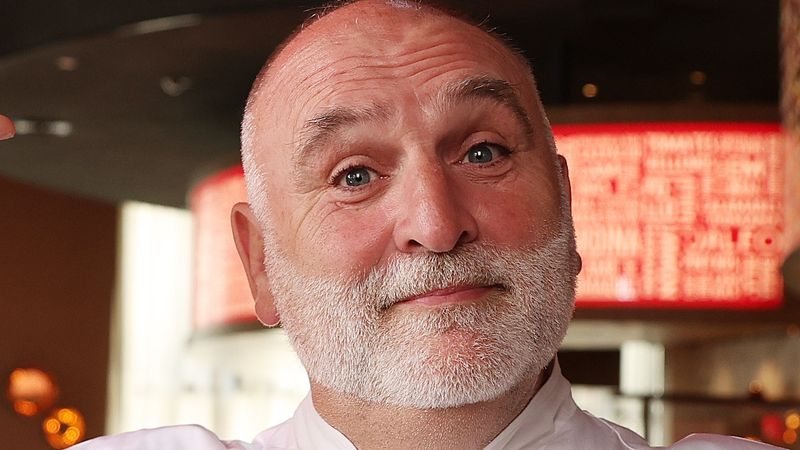
José Andrés, a champion of fresh ingredients, has a notable aversion to canned white asparagus. The mushy texture is a far cry from the crispness of fresh asparagus, which he greatly prefers. Andrés’ commitment to quality and freshness is a hallmark of his culinary style. He often emphasizes that the best dishes start with the best ingredients, and canned varieties simply don’t measure up. His dislike highlights the importance of ingredient quality in creating exceptional culinary experiences, underscoring his dedication to excellence.
16. Alton Brown
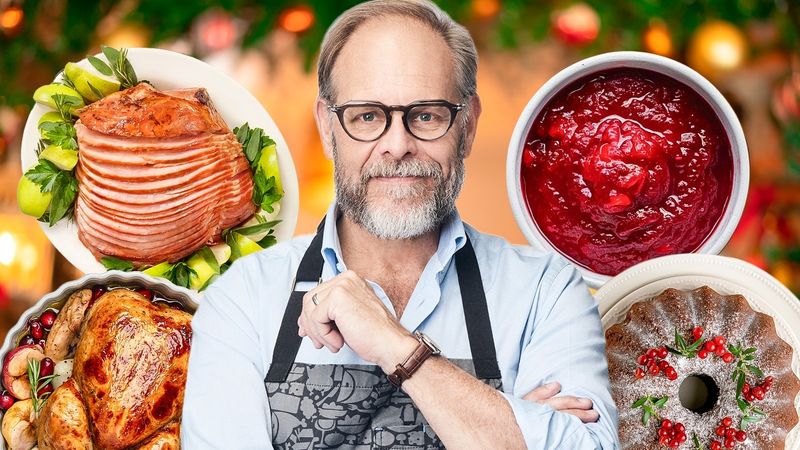
Alton Brown, the beloved food scientist, has a strong stance against skim milk. He famously described it as “cloudy water,” implying it lacks the richness and flavor of whole milk. Brown’s approach to food is rooted in understanding the science behind flavors and textures. His aversion to skim milk reflects his preference for fuller, more authentic taste experiences. This perspective encourages consumers to appreciate the complexities of food, and to choose ingredients that offer depth and satisfaction rather than compromise.
17. Giada De Laurentiis

Giada De Laurentiis, known for her vibrant Italian cuisine, surprisingly dislikes coconut. Both its texture and flavor don’t appeal to her sensibilities. Despite coconut’s popularity in many desserts and dishes, De Laurentiis often avoids it in her recipes. Her culinary style focuses on fresh, clean flavors, and coconut doesn’t fit that profile. This aversion adds an interesting twist to her otherwise traditional Italian approach, highlighting how personal taste influences even the most accomplished chefs’ creations.
18. Rachael Ray

Rachael Ray, famous for her quick and easy recipes, has long been outspoken about her dislike for mayonnaise. Even its smell is enough to deter her. Ray’s culinary style is all about bold, vibrant flavors, and mayonnaise doesn’t fit into that vision. Her aversion is a reminder that personal taste plays a significant role in cooking. Despite her dislike, she adapts her recipes to maintain flavor and texture, showcasing her creativity and adaptability in the kitchen. Ray’s candidness about her dislikes endears her even more to fans.
19. Masaharu Morimoto
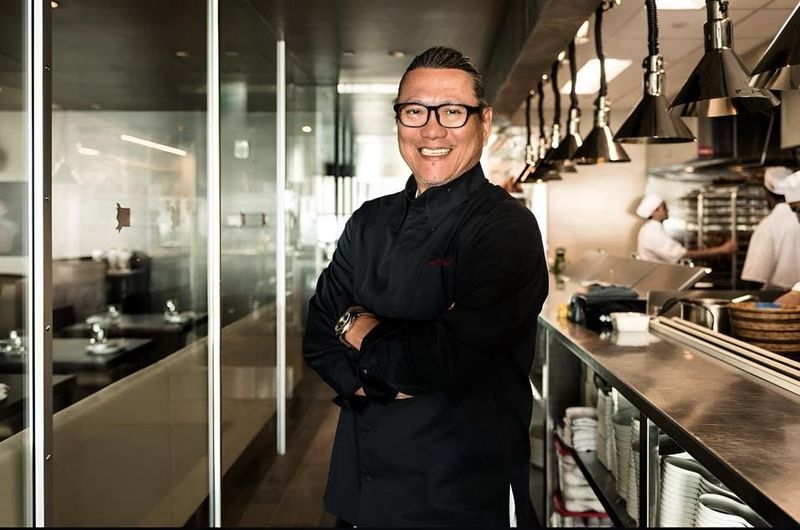
Masaharu Morimoto, a master of blending traditional Japanese and Western flavors, surprisingly dislikes blue cheese. Its pungent funk is too much, even for his adventurous palate. Morimoto’s culinary philosophy is centered on harmony and balance, which he finds lacking in blue cheese’s overpowering profile. Despite this aversion, he continues to create innovative dishes that marry different flavors with finesse. His distaste for blue cheese highlights how even the most daring chefs have their limits when it comes to bold flavors.
20. Bobby Flay
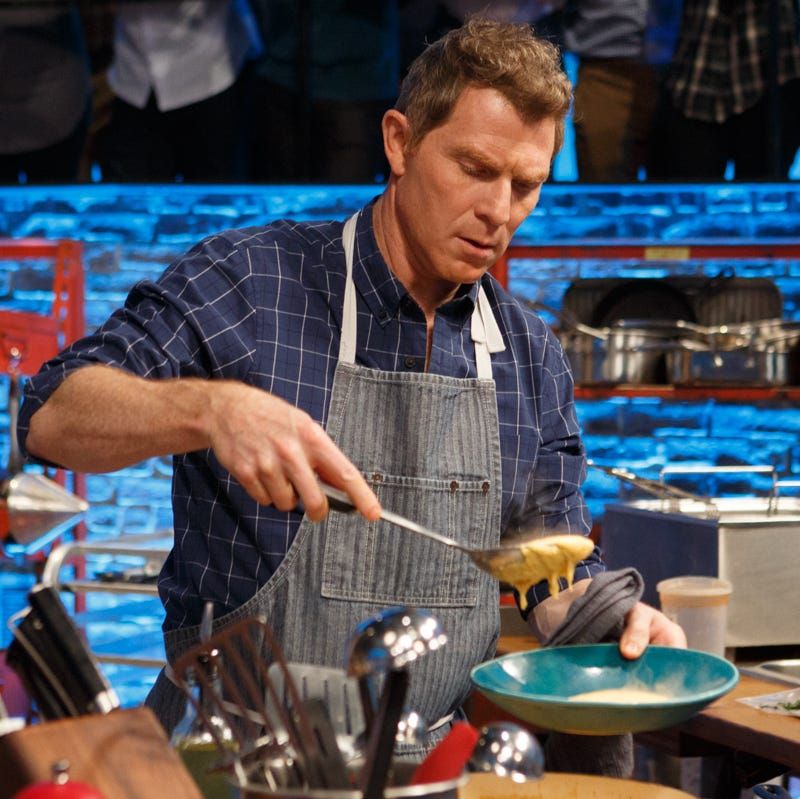
Bobby Flay, known for his love of bold and spicy flavors, draws the line at durian fruit. Its infamous smell is enough to deter him, despite his adventurous palate. Durian, often called the “king of fruits,” is polarizing due to its strong odor and unique taste. Even Flay, with his extensive culinary experience, finds it challenging to incorporate into his cooking. His dislike is a reminder of the diverse and sometimes surprising preferences even seasoned chefs hold, adding depth and nuance to their culinary identities.
21. Aarón Sánchez
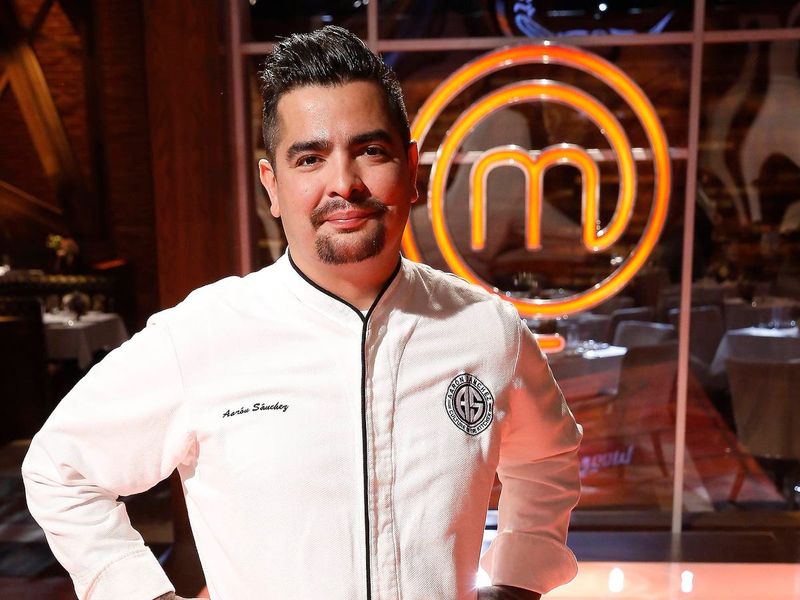
Aarón Sánchez, an advocate for authentic and traditional cooking methods, strongly prefers cooking beans from scratch. Canned beans lack the flavor and texture that he values. Sánchez believes that taking the time to soak and cook beans enhances their taste and aligns with his commitment to authenticity. His aversion to canned beans highlights his dedication to quality and tradition in cooking. This preference underscores the importance of process in achieving culinary excellence, a principle that permeates Sánchez’s approach to food.
